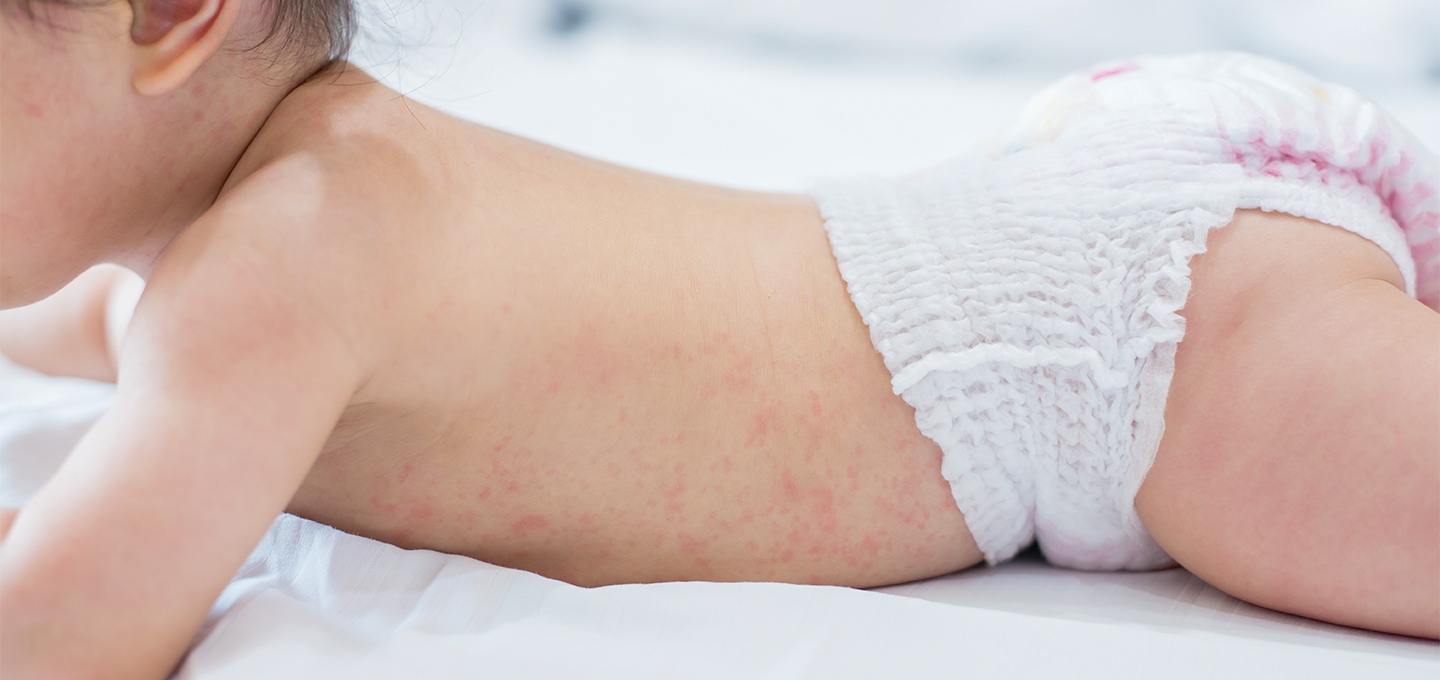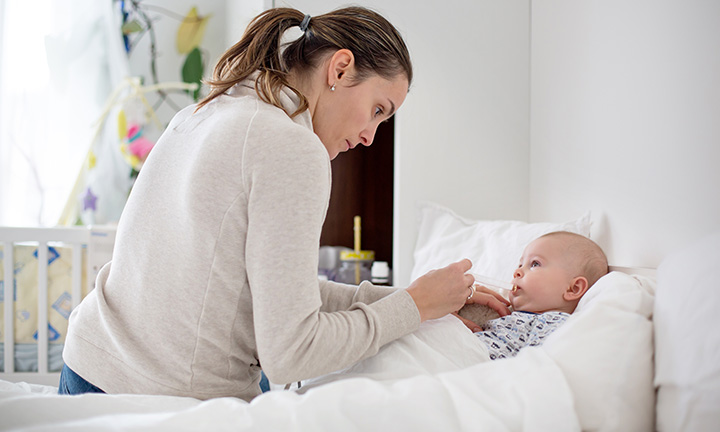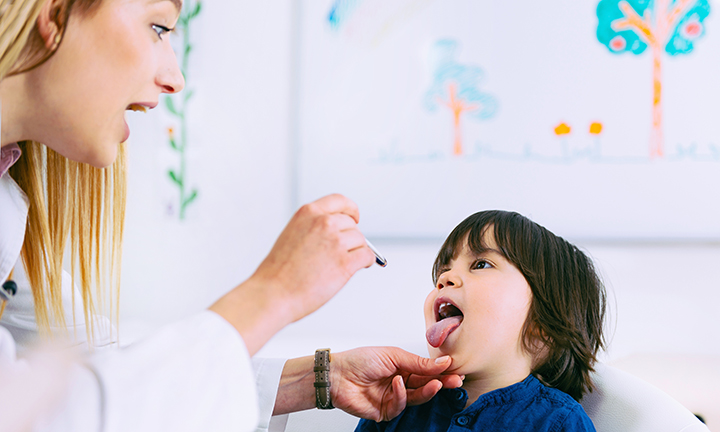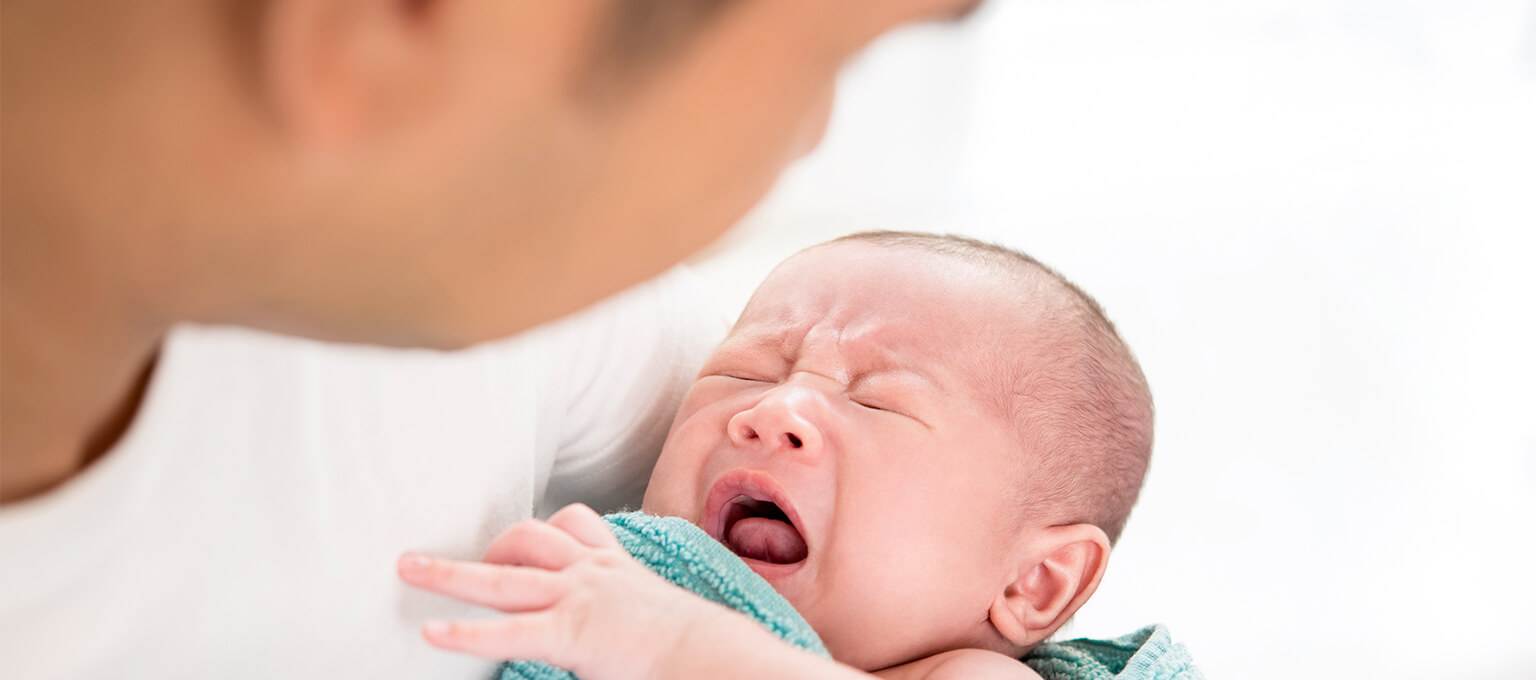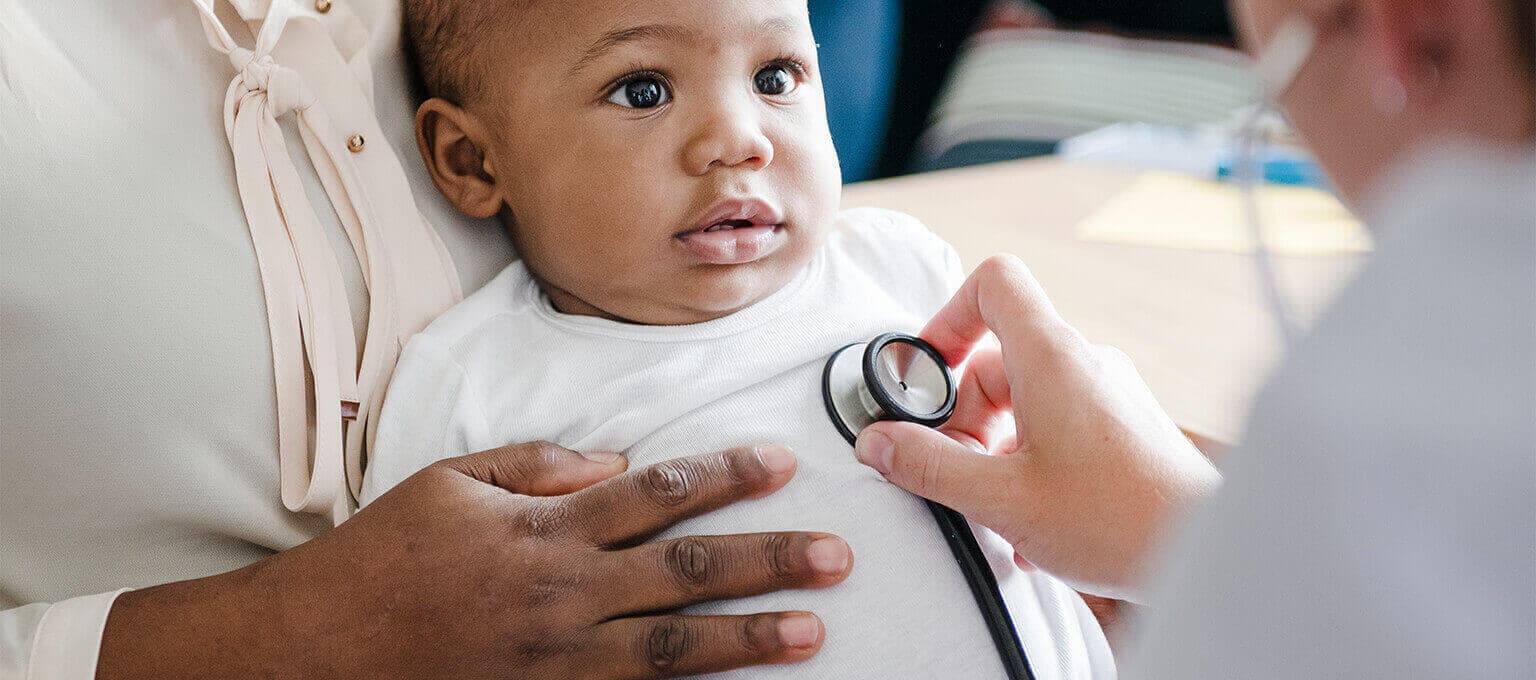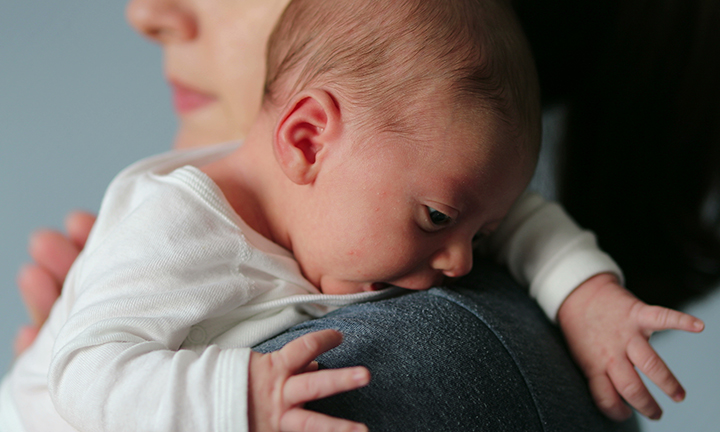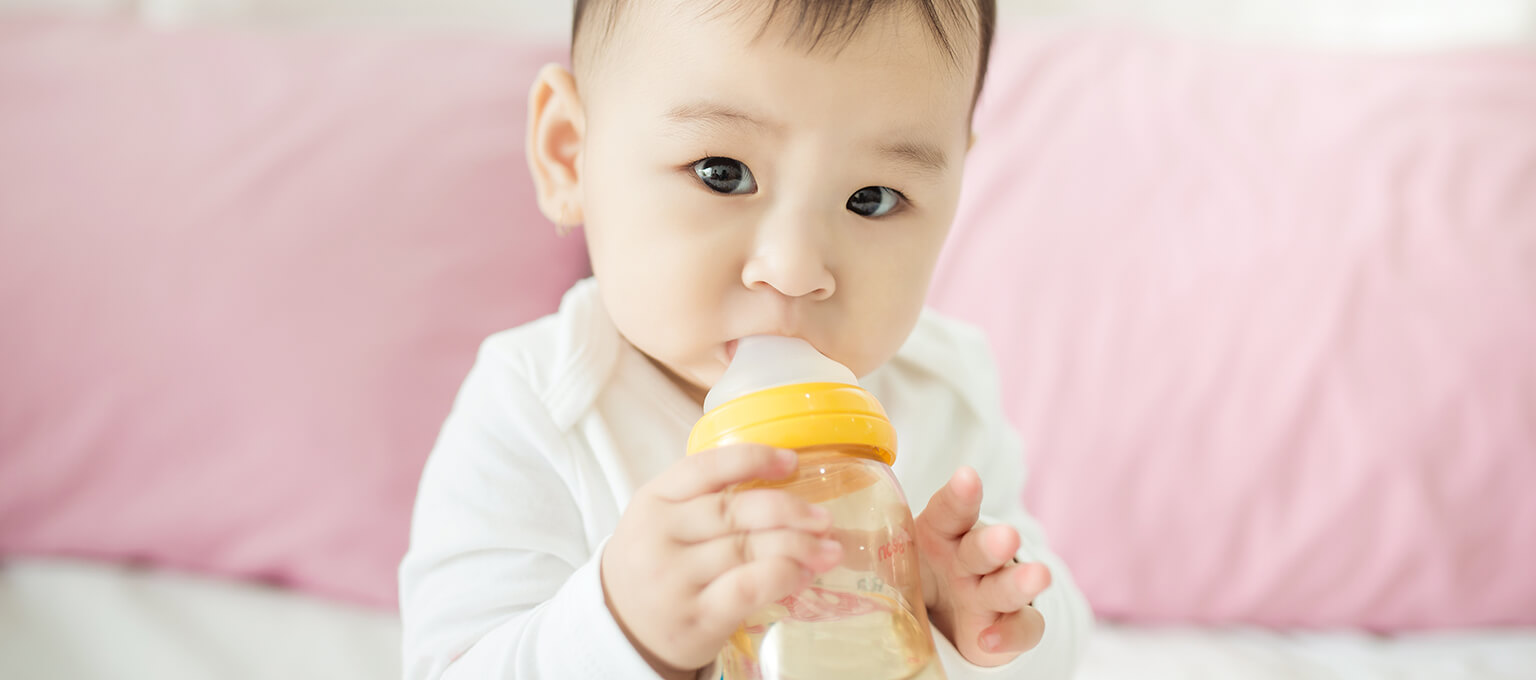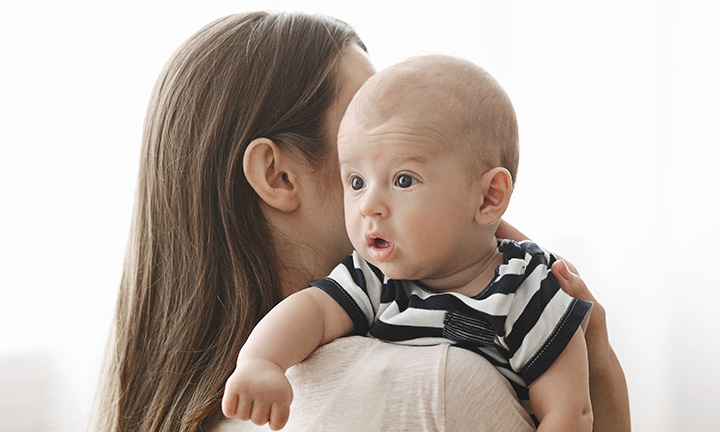
How to Treat and Prevent Drool Rash
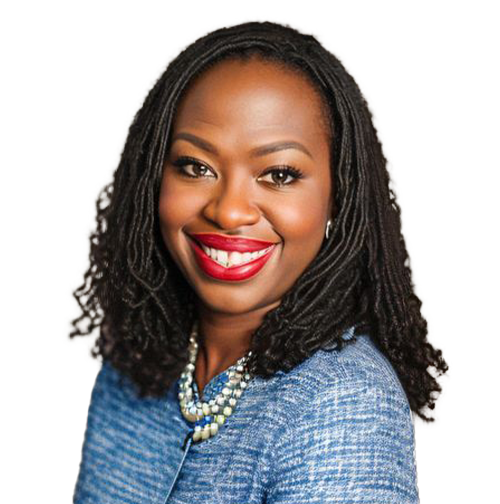

Babies often drool, especially when teething, and the saliva can cause a harmless rash around the mouth or chin called drool rash. Find out what drool rash is, recommended treatments for drool rash, and how you can help prevent it.
What Is Drool Rash?
Drool rash is a type of contact dermatitis caused by saliva. The skin around your baby’s mouth and/or chin may become inflamed and irritated when their own saliva dribbles down and stays on the skin for prolonged periods.
Sometimes the rash is referred to as a teething rash, a lip licker’s dermatitis, or a spit-up rash.
Can Drooling Cause a Rash?
Yes, drooling may irritate your baby’s skin, leading to a rash.
What Does Drool Rash Look Like?
A drool rash may appear as a red, inflamed, bumpy rash. It can be itchy and sore.
At What Age Does Drool Rash Typically Develop?
Drool rash typically develops from the time your baby’s a newborn into toddlerhood. Excess drooling is common between the ages of 3 and 6 months, which is around the time when teething may start for some babies. You may even see your baby blow bubbles with her saliva during this time. As teething continues, excess saliva may cause a drool rash if it stays on your baby’s skin for prolonged periods and irritates it.
How Can You Prevent Drool Rash?
You can help prevent drool rash by using an absorbent bib to soak up any drool so that saliva doesn’t stay on your baby’s skin for long.
How Do You Get Rid of a Drool Rash?
You can help your baby’s drool rash clear up by applying a barrier cream like petroleum jelly to the affected areas of the skin. Continue to wipe off saliva with a bib or a clean tissue.
What Is the Treatment for Drool Rash?
Keeping the skin free of saliva as much as possible is the most effective home treatment strategy for drool rash. You can do this by using an absorbent bib and changing it often and by coating the skin with a barrier cream such as petroleum jelly. If your baby’s drool rash doesn’t respond to at-home treatment, your little one’s healthcare provider may prescribe some form of medication, such as a prescription strength cream or ointment.
Does a Drool Rash Hurt?
A drool rash can be uncomfortable for your baby, causing itching, but it’s not contagious or life-threatening.
What’s the Difference Between Drool Rash and Eczema?
Eczema is a catchall term used for both atopic dermatitis and contact dermatitis. Contact dermatitis is caused by an allergic reaction to an irritant when it comes into contact with your baby’s skin. In the case of a drool rash, the irritant is your baby's saliva. Atopic dermatitis is due to a genetic predisposition to something like a food allergy, asthma, hay fever, and other conditions that are not necessarily related to skin contact. In essence, a drool rash is a form of eczema.
When Should You See Your Baby’s Healthcare Provider?
Contact your baby’s healthcare provider if the drool rash
The Bottom Line
Drool rash is a harmless rash that can happen from time to time. If your baby’s rash is red and itchy, you may want to see their healthcare provider, who can recommend treatment.
To prevent drool rash from developing or worsening, use a bib to absorb any saliva around your baby’s mouth, and apply a barrier cream, such as petroleum jelly, to protect the skin.
Drool rash may be uncomfortable for your baby, but it’s usually nothing to worry about. Before long, your baby’s drool rash will clear up.
- American Academy of Pediatrics. Caring for Your Baby and Young Child: Birth to Age 5, 7th ed. (New York: Bantam Books, 2019).
- Mayo Clinic. Guide to a Healthy Pregnancy, 2nd ed. (Rochester, MN: Mayo Clinic Press, 2018).
- Healthy Children. “Drooling and Your Baby.”
- Healthy Children. “Newborn Rashes and Birthmarks.”
Read more about Baby
Related Articles
Join a World of Support
through Pregnancy and Parenthood.
TRACK WITH TOOLS
LEARN WITH EXPERTS
GET REWARDED
